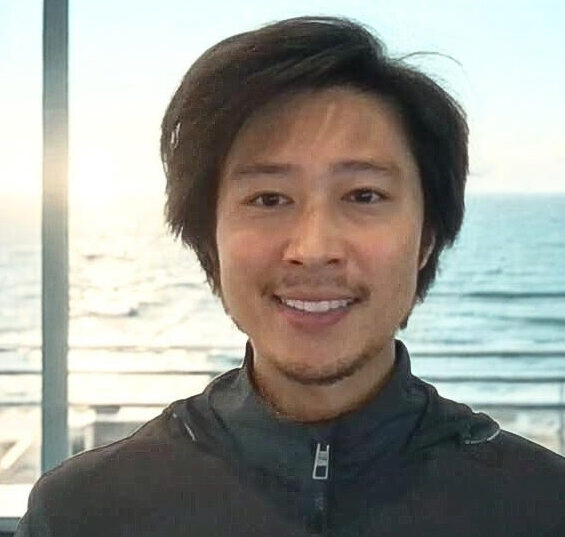Brian Chesky, CEO of Airbnb has come out against the traditional CEO 1:1 model, claiming most great CEOs eventually realize it’s flawed.
According to Chesky, these meetings often devolve into therapy sessions where employees control the agenda, discussing issues that should really involve others.
While he still does impromptu 1:1 calls when he needs something specific, he’s abandoned the recurring meeting format where direct reports own the conversation.
Here’s the full transcript.
Table of Contents
The Interview
Brian Chesky was interviewed on the Fortune Magazine.
You can watch the full interview here. But this is what he said about the 1:1 model:
“Almost every CEO did 1:1s and realized that the 1:1 model was flawed.
It’s a recurring 1 hour 1-on-1 meeting where the employee owns the agenda and what happens is they often don’t talk about things you want to talk about.
You become their therapist…
Often time they are bringing you problems that you want other people in the room to hear and there are very few times that employees should come to you 1:1 without their people…
Now there is a caveat. I do a lot of 1:1 calls and emails.
I’ll call someone and say ‘Hey, what’s the status of this…’ but it’s not a recurring meeting with them owning the agenda. It’s me when I need something.”
Takeaways
After listening to Brian Chesky, here are my top 3 takeaways:
- I agree. Recurring 1:1s are not needed at the CEO / C-suite level. The direct reports are senior enough executives to discern when an escalation or a private 1:1 is needed.
- Brian Chesky mentioned Jensen Huang (Cofounder & CEO of NVIDIA) and that he also does not do 1:1s with his 60 direct reports because (a) he wants a culture where there is no privileged access to information; and (b) he gives people feedback right there in front of everybody because feedback is learning and learning from mistakes, other people’s mistakes, is the best way to learn.
- Ethan Evans shared that Jeff Bezos felt 1:1s at the executive level were low-value, and he stopped having any 1:1s himself. Jeff felt that 1:1s with very senior employees often turned into an arena for complaining about one another, which was a waste of time. At the executive level, leaders should handle their own interpersonal challenges without needing the CEO to intervene.
Conclusion
When you look at other top tech CEOs like Jensen Huang at NVIDIA and Jeff Bezos at Amazon, a pattern emerges.
They’ve all moved away from traditional 1:1s at the executive level for practical reasons.
This isn’t about abandoning communication – it’s about being intentional with how leadership time is spent and creating cultures where transparency and collective problem-solving take precedence over private, recurring check-ins.
